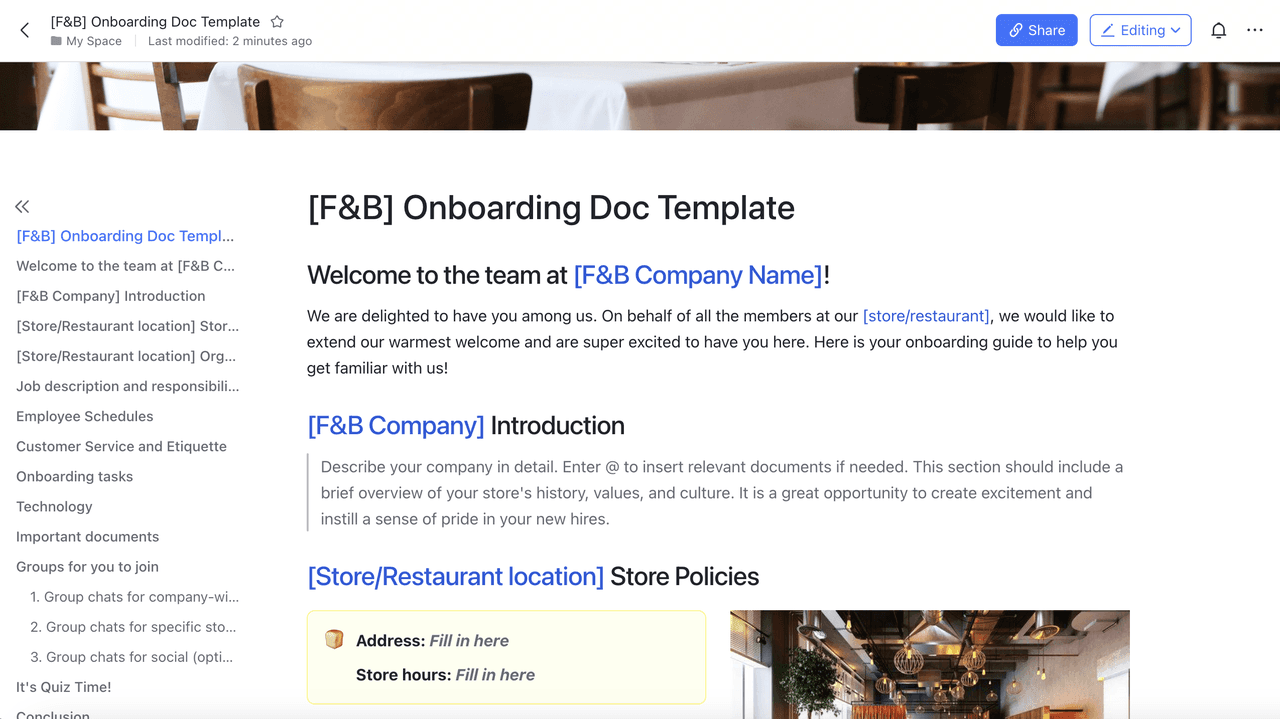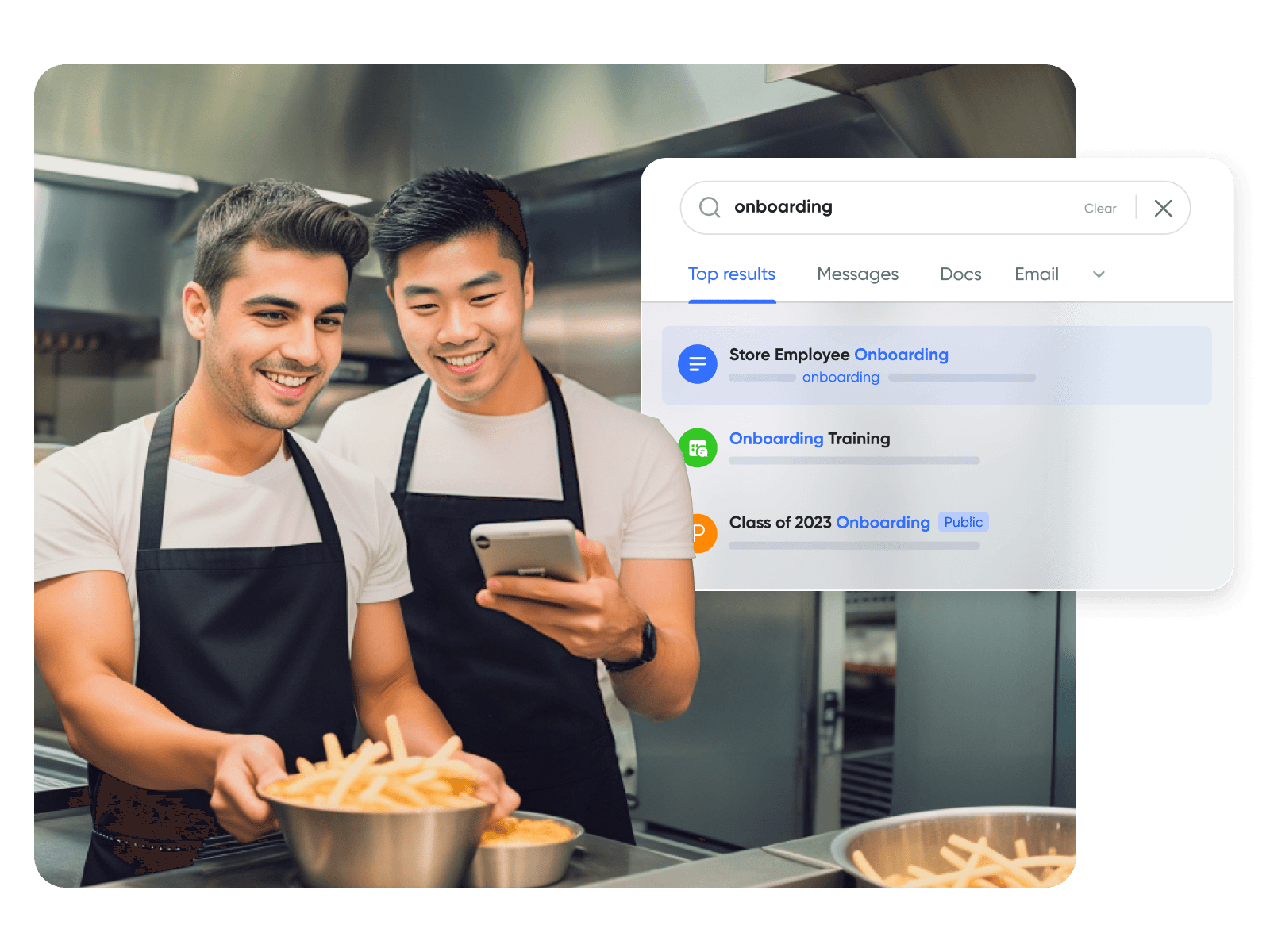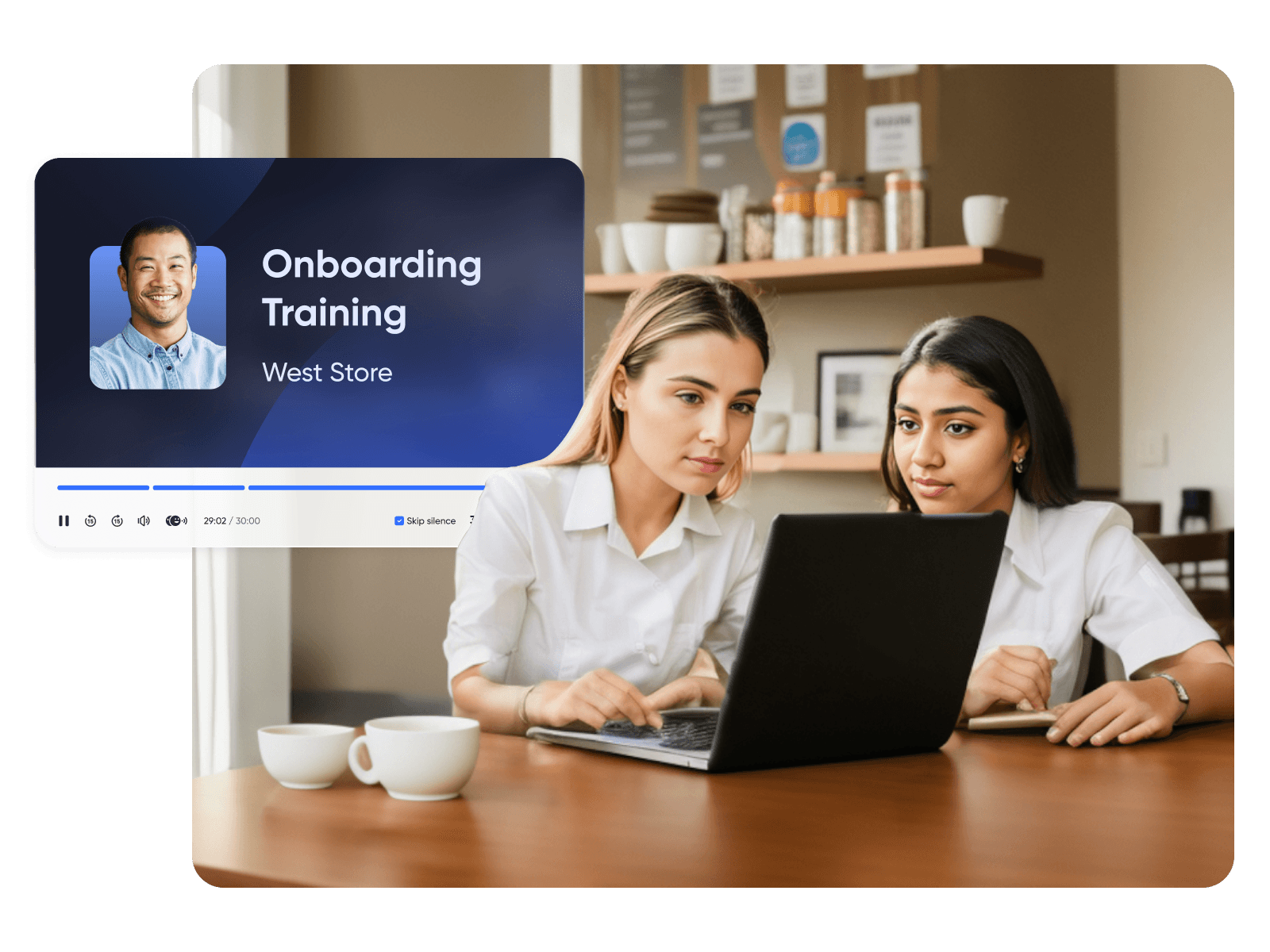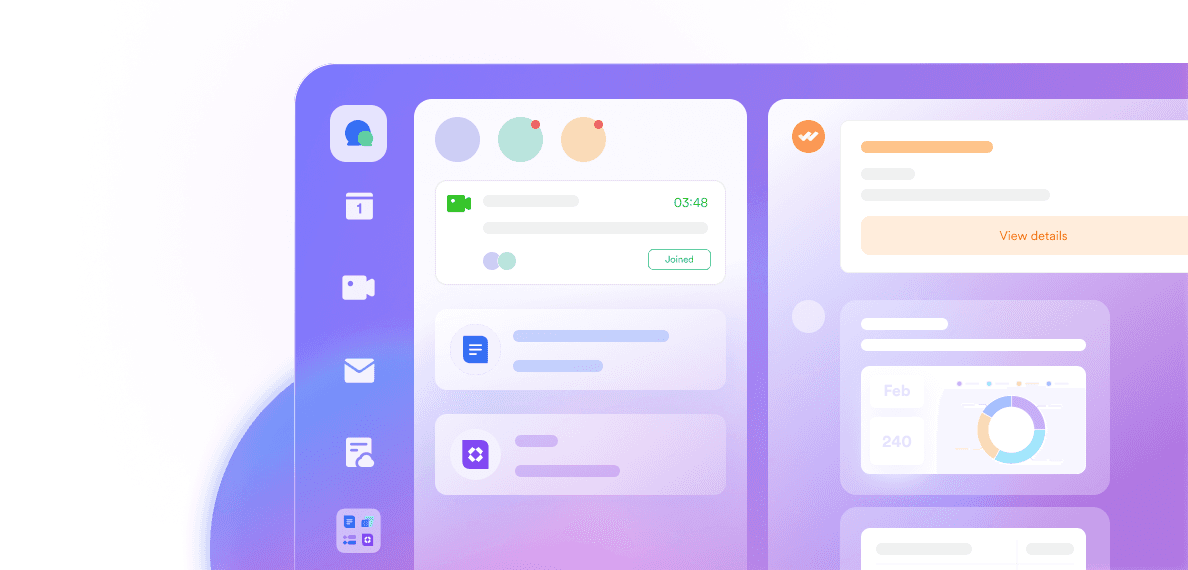Onboarding frontline workers can be a time-consuming and daunting task if you don't have the right tools at hand, especially for food and beverage businesses—over 51% of restaurant owners say that hiring, training, and retaining staff is the biggest challenge they face. With high frontline turnover rates, businesses have to continuously recruit, hire, and train new employees. In fact, an average of $7.2 million HR costs are caused by employee turnover.
When done efficiently with the right tools, the onboarding process can save a company $117,600 on operational costs every year. The most effective way to get your team up and running is through integrating digital tools into your onboarding process. In this blog, we are going to discuss some strategies to help you onboard your team within one day.
Centralize all onboarding materials into one single source of truth.
Conducting multiple face-to-face sessions for new frontline workers is disorganized and inefficient. During these sessions, current employees verbally share tribal knowledge and information is scattered across paper documents. As a result, key onboarding information is lost due to the lack of a centralized documented source of truth.
What we recommend: Digitize and centralize your onboarding materials through online docs to help your team members quickly and easily find the most up-to-date information. You can further organize these documents into a Wiki to house onboarding guides, company-wide policies, training manuals, restaurant locations, and store safety tips. With one centralized onboarding space, employees no longer have to waste time flipping through binders to find the information they need.

More interactive and engaging onboarding process
Since most onboarding processes still take place through hours of (usually boring) verbal lectures and manually graded pen-and-paper quizzes, they're ineffective, monotonous, and waste valuable time.
What we recommend: Create and embed rich multimedia content throughout onboarding documents to keep your employees engaged. For example, your online onboarding doc can include videos, to-do lists, and mindmaps to help explain customer etiquette or walk through restaurant processes step-by-step. In addition, you can also create quizzes that can help you understand where your new employees might get confused.
If frontline workers need any help, it is good practice to make sure they can shoot a quick message to the right contact instantly. This means your teams, across stores and back offices, will find each other faster if they are on the same platform. You can also host chat groups for new employees to build connections with each other and for the HR team to see FAQs and answer them in the group.

Onboard anywhere. On any device.
Oftentimes, the headquarters and stores are separated and new employees might scatter across multiple cities, making it challenging to meet up in one place to host company-wide onboarding sessions.
What we recommend: Record new employee trainings with scripts, documents, and keywords summarized for newcomers to retrieve and stream at anytime, on any device. To do this, you should consider using an online meeting solution that allows you to save recordings for sharing and on-demand streaming to host your training sessions. This way, your new team members can join training sessions from anywhere at any time, without having to travel to the same physical location.

Don't lose onboarding contracts and documents anymore.
Paper onboarding documents often get lost—whether it's W2 forms, agreements, or employee information. Losing them can have much wider repercussions and legal implications, and would require you to waste a significant amount of time trying to retrieve back information.
What we recommend: Move contracts and documents online. That way, you can easily track document progress, organize them into folders for each employee, and not lose any confidential information. For example, you can leverage e-signatures to speed up the process and integrate it with your platform to help HR and store managers get completed contracts upon signing.

Onboarding made friendly for multiple languages.
Language barriers can be a challenge when it comes to onboarding and ensuring employees understand key information in the language they prefer to use. With over 41% of restaurant firms owned by minorities, many frontline workers do not use English as their first language.
What we recommend: Enable employees to use real-time translation of messages, meetings, and docs to ramp up in their preferred languages. For instance, getting a communication tool that helps your new store staff translate things like text messages, documents, and video calls in real time into multiple languages. This ensures employees properly understand all onboarding material and no longer have to waste time asking around for help.
Conclusion
In conclusion, integrating digital tools into your onboarding process allows you to help your frontline workers ramp up a week faster and ensures consistency across locations by referring to the same set of standards and protocols.
Interested in trying out Lark and giving your frontline teams a much better day 1? Let one of our experts know today!
















